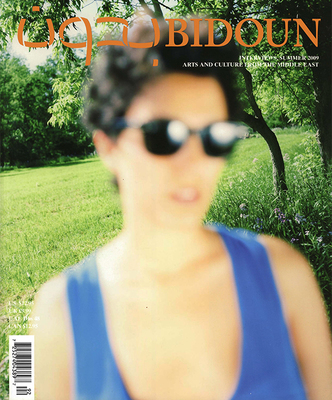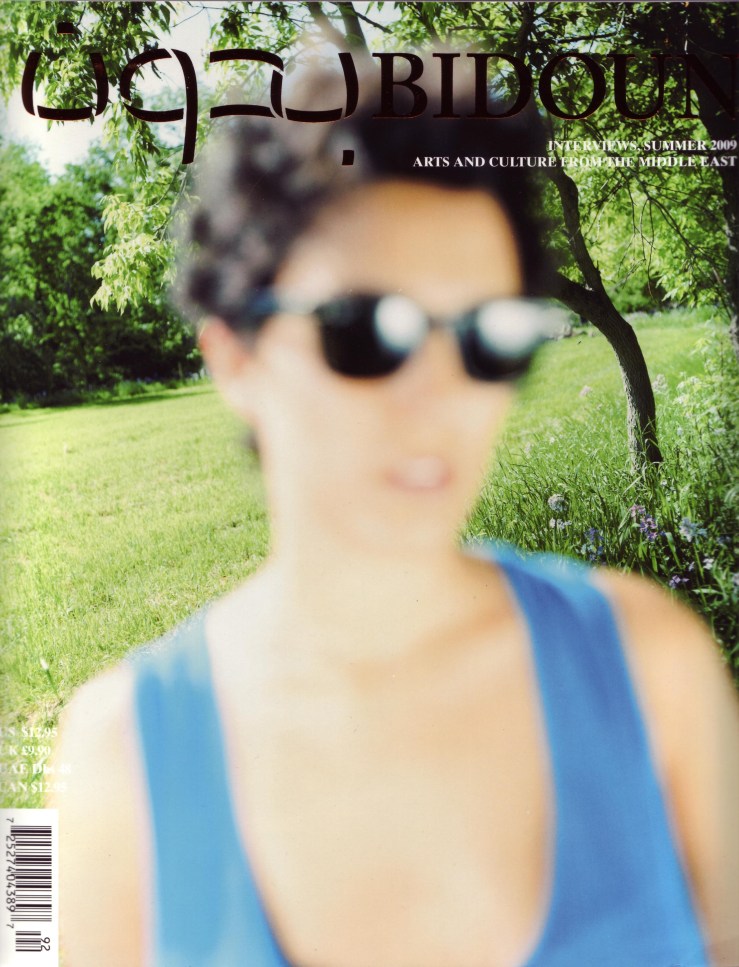NASREEN MOHAMEDI: NOTES
BIDOUN WINTER 2009 #19 NOISE

by Guy Mannes-Abbott
A previous post on Mohamedi referred to my catalogue text from 2001. Now I’m posting my short review of her recent retrospective exhibition as it appeared in the UK. I was pleased and proud to write something on a show that went almost unnoticed -and was certainly not engaged with- in the UK [again], but there’s much more to be written about her work and its contexts.
For now, here are scans of the pages in Bidoun [below; click to enlarge]. Let me repeat that it’s essential wherever you are in the world to see the work itself -to stand in front of the drawings in particular- whenever the opportunity arises. Until you do you will have missed an important 20th Century artist and maker of our new world.
I’ll return to Nasreen Mohamedi at greater, speculative and more definitive length in the future…
Continue reading “nasreen mohamedi; reflections on indian modernism, bidoun”











